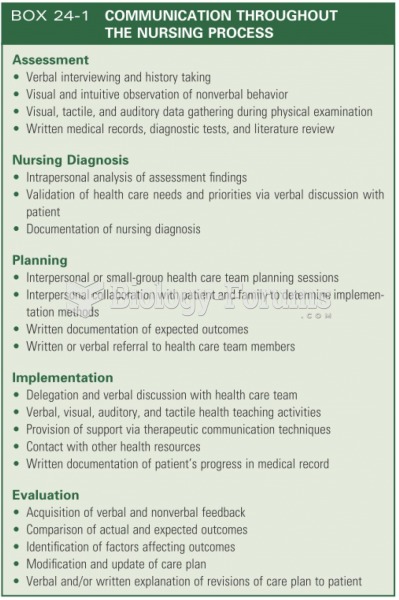Answer to Question 1
D
A nursing intervention to facilitate grief work is to offer the client encouragement to explore and verbalize feelings of grief. This encouragement refocuses the client on current needs and mini-mizes dysfunctional adaptation behaviours (e.g., not sleeping) by facilitating resolution of grief through problem-solving skills.
Administering sleeping medication may help the client get to sleep, but does not resolve the issue of grief. Without addressing the grief, the client may develop another dysfunctional adaptation behaviour.
It is not necessary to refer the client to a psychologist or psychotherapist at this time. The client needs to be encouraged to verbalize his or her feelings.
Having the client complete a detailed sleep-pattern assessment may help the nurse identify the number of hours of sleep the client is obtaining, but it does not address the issue causing the sleep disturbance, which is grief from the loss of the spouse.
Answer to Question 2
D
Feedback
A Air should be injected into the vial of intermediate-acting NPH insulin and then into the vial of short-acting (regular) insulin.
B The short-acting (regular) insulin should be withdrawn after air has been injected into both vials.
C Air should be injected into the vial of intermediate-acting NPH insulin and then into the vial of short-acting (regular) insulin. The short-acting (regular) insulin should be withdrawn immediately after injecting the air into the vial of short-acting (regular) insulin. Then the intermediate-acting NPH insulin is withdrawn.
D The patient should be taught to inject air into both vials and withdraw the short-acting (regular) insulin first.







